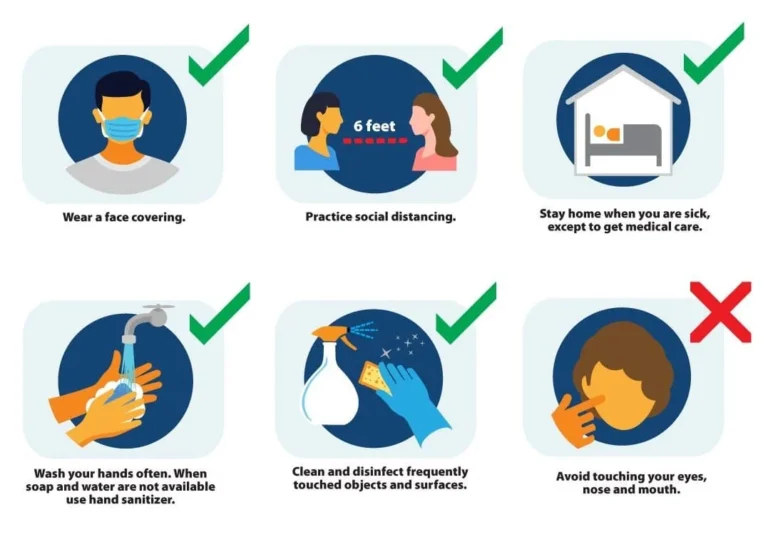
Protecting your skin from the sun’s harmful ultraviolet (UV) rays is beneficial for preventing skin cancer, and it is not just a seasonal commitment. Many people associate sun safety with hot summer days, but UV radiation is present throughout the year, regardless of the weather or temperature. Understanding how to adapt your protection strategies for each season can help you maintain consistent protection every day.
Summer
During summer, UV radiation reaches its highest levels, necessitating the most comprehensive sun protection to prevent skin cancer. The extended daylight hours and direct sunlight significantly increase the risk of skin damage. It is beneficial to be proactive and consistent with your sun safety measures, especially during prolonged outdoor activities.
Employing a combination of protection methods offers the most comprehensive defense against harmful UV rays. This includes seeking shade, wearing protective clothing, and applying broad-spectrum sunscreen. Consistent application and reapplication provide continuous coverage throughout the day.
Fall
As temperatures decrease in the fall, it is common to overlook the need for sun protection. UV radiation remains a significant concern, especially during the early autumn. The sun’s lower position in the sky can result in more direct sun exposure, particularly during morning and afternoon commutes. Maintaining a consistent sun protection routine helps reduce the risk of skin damage and skin cancer.
Winter
Winter sunlight may feel less intense, but snow and ice can reflect up to 80 percent of UV radiation, significantly increasing your exposure. Since clouds do not block all UV rays, protection is necessary even on overcast winter days. A broad-spectrum sunscreen with an SPF of 30 or higher should be applied to exposed areas like the face, neck, and ears.
Even when bundled in winter clothing, it’s helpful to remember eye protection, as sun glare from snow can be intense and damaging. Wearing UV-blocking sunglasses or goggles is an effective way to shield your eyes and the delicate skin around them. These simple measures will help protect your skin from harm during the colder months.
Spring
Spring brings warmer weather and more time spent outdoors, increasing the need for sun safety. As foliage returns to trees, natural shade is less plentiful than in summer, making direct sun exposure more common. Be particularly mindful during midday hours when the sun’s rays are strongest. To maintain protection during the spring, it is advisable to:
- Apply a broad-spectrum sunscreen with an SPF of 30 or higher to all exposed skin at least 15 minutes before going outside.
- Reapply sunscreen every two hours, or more frequently if you are swimming or sweating.
- Wear protective clothing, such as long-sleeved shirts, pants, and wide-brimmed hats.
- Seek shade whenever possible, especially during peak sun hours.
Stay Committed to Preventing Skin Cancer
Protecting your skin is a lifelong commitment; it requires attention throughout every season. By understanding the risks associated with winter, spring, summer, and fall, you can tailor your sun protection habits. This will help you shield yourself from UV radiation all year long and reduce your risk of skin cancer. If you have concerns about your skin, schedule a consultation with a dermatologist.



